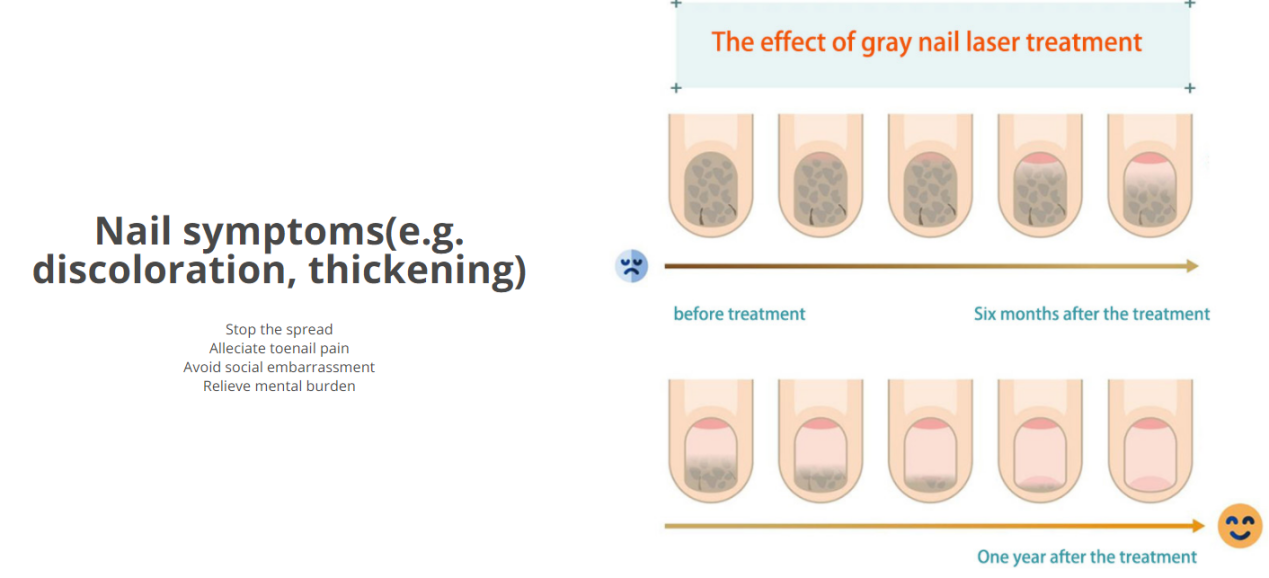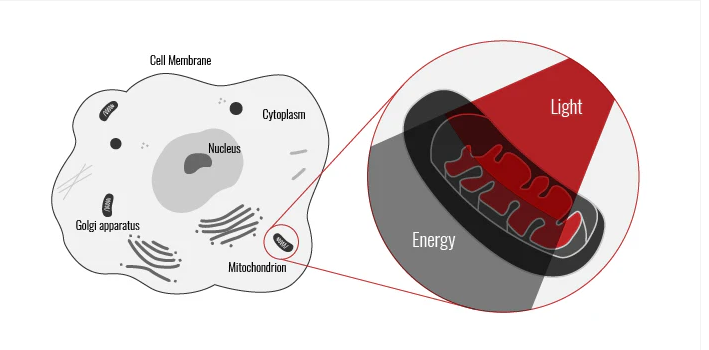
Nail fungus, also known as onychomycosis, is a common and often persistent condition that can cause discomfort and affect the appearance of the nails. It occurs when fungi, such as dermatophytes, yeasts, or molds, invade the nail bed and nail plate. Traditional treatment methods for nail fungus include topical antifungal medications, oral antifungal drugs, and in some cases, surgical removal of the affected nail. However, these treatments may have limitations, such as long treatment durations, potential side effects, and variable success rates.
Red light therapy has emerged as an alternative or complementary treatment option for nail fungus. Red light, which has a specific wavelength range, is believed to have several beneficial effects on the body. When applied to the affected nails, it can penetrate the skin and nail tissue to a certain depth. It is thought to stimulate cellular activity and promote the body's natural healing processes.

One of the proposed mechanisms of red light therapy for nail fungus is its ability to enhance blood circulation in the area around the nail. Improved blood flow can help deliver more oxygen and nutrients to the cells, which may strengthen the nail and its surrounding tissues, making them more resistant to fungal infections. Additionally, red light may have an impact on the immune system. It could potentially boost the activity of immune cells, enabling them to better recognize and fight against the fungal invaders.
Studies have shown some promising results regarding the use of red light therapy for nail fungus. In some cases, patients who underwent regular red light treatment sessions reported a reduction in the severity of nail discoloration, thickening, and brittleness associated with the fungal infection. The treatment is generally non-invasive and does not cause the same types of side effects as some of the traditional antifungal medications.
However, it is important to note that red light therapy is not a miracle cure. It may require multiple sessions over a period of time to achieve significant results. The effectiveness of the treatment can also vary depending on the individual, the type and severity of the nail fungus infection, and other factors. In combination with proper foot hygiene, keeping the nails clean and dry, and wearing appropriate footwear, red light therapy may offer a more comprehensive approach to managing nail fungus.
In conclusion, red light therapy shows potential as a treatment for nail fungus. While further research is still needed to fully understand its mechanisms and optimize its application, it provides an additional option for those seeking alternative ways to deal with this bothersome condition. With continued exploration and improvement, it may one day become a more mainstream and effective treatment modality in the fight against nail fungus.